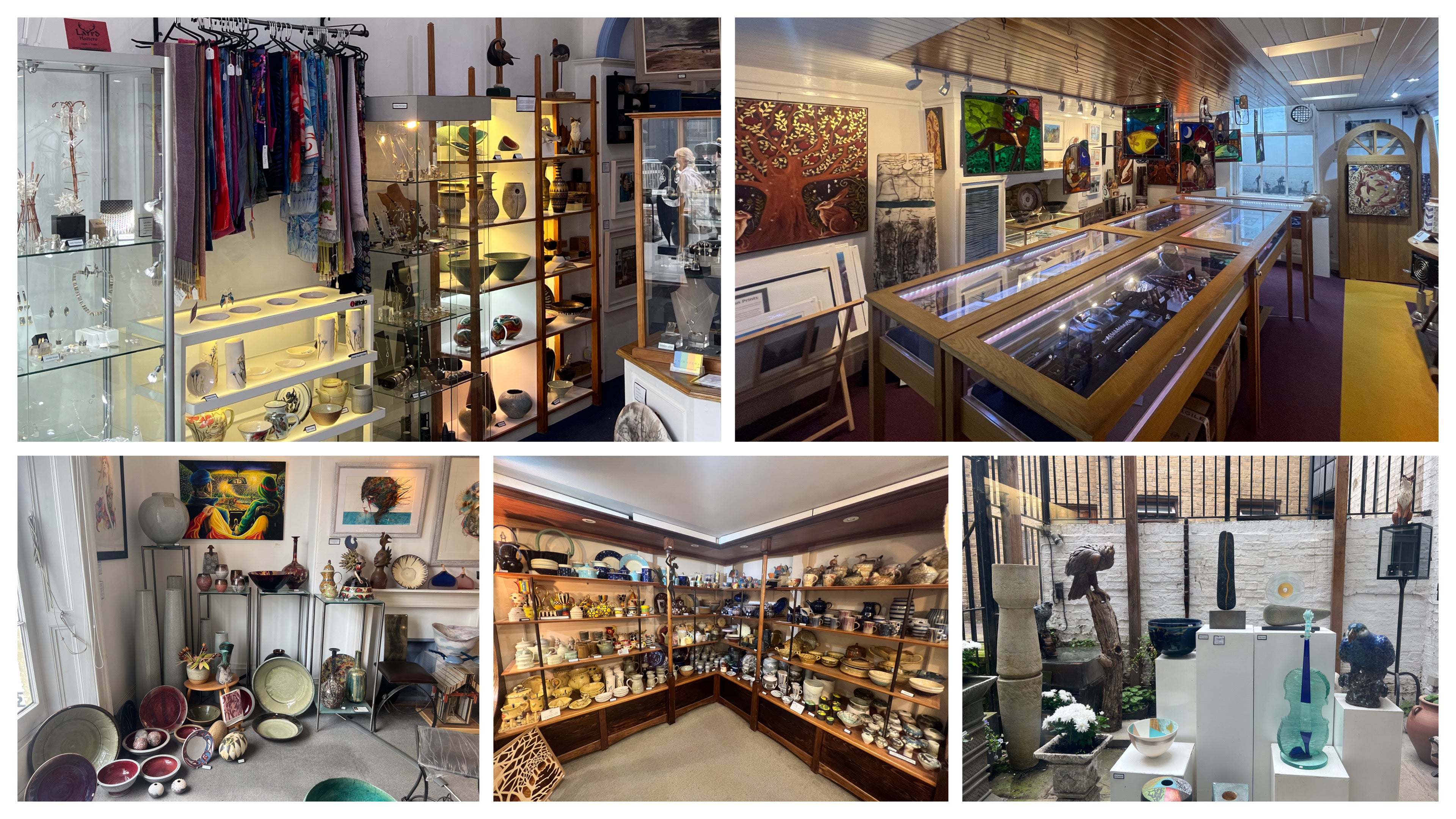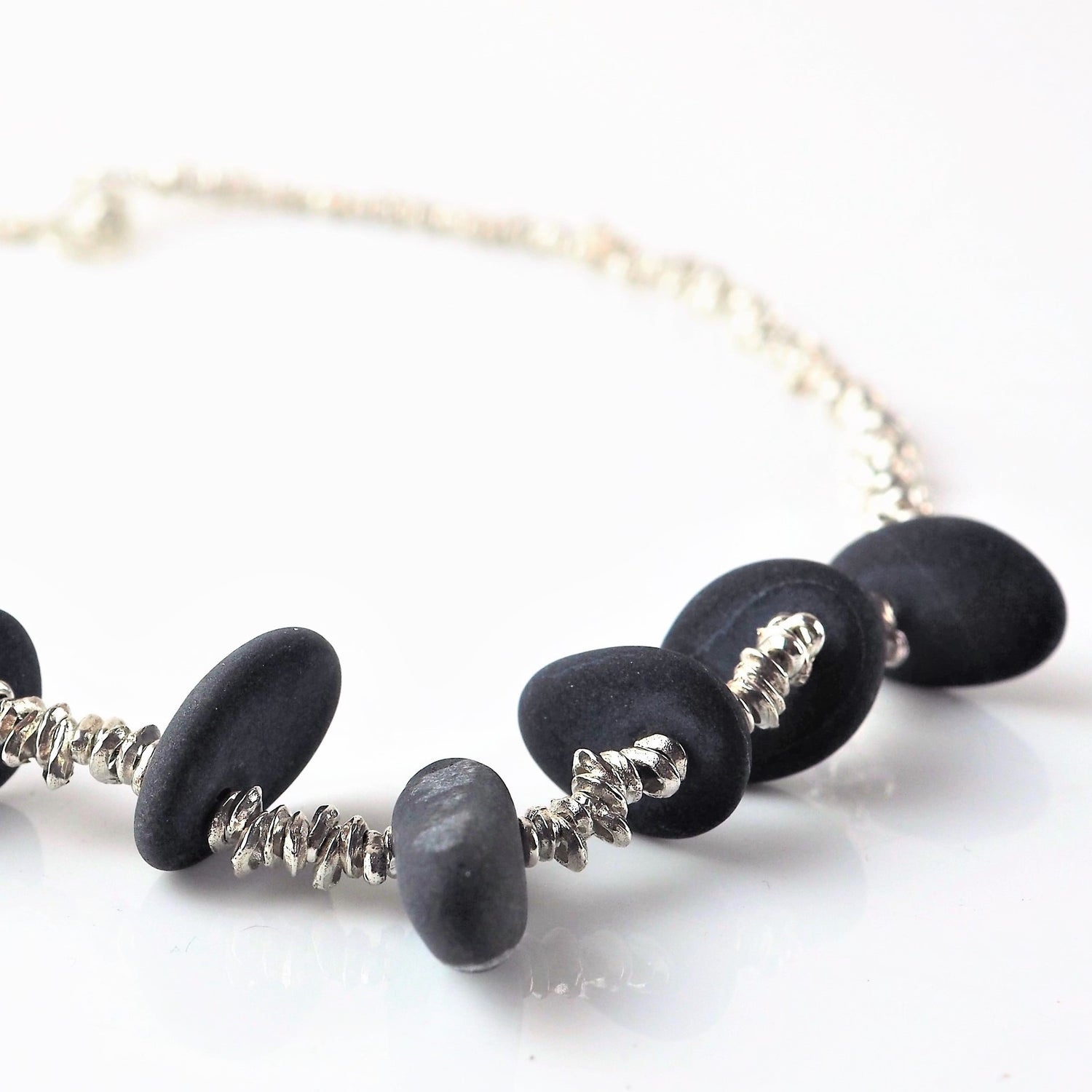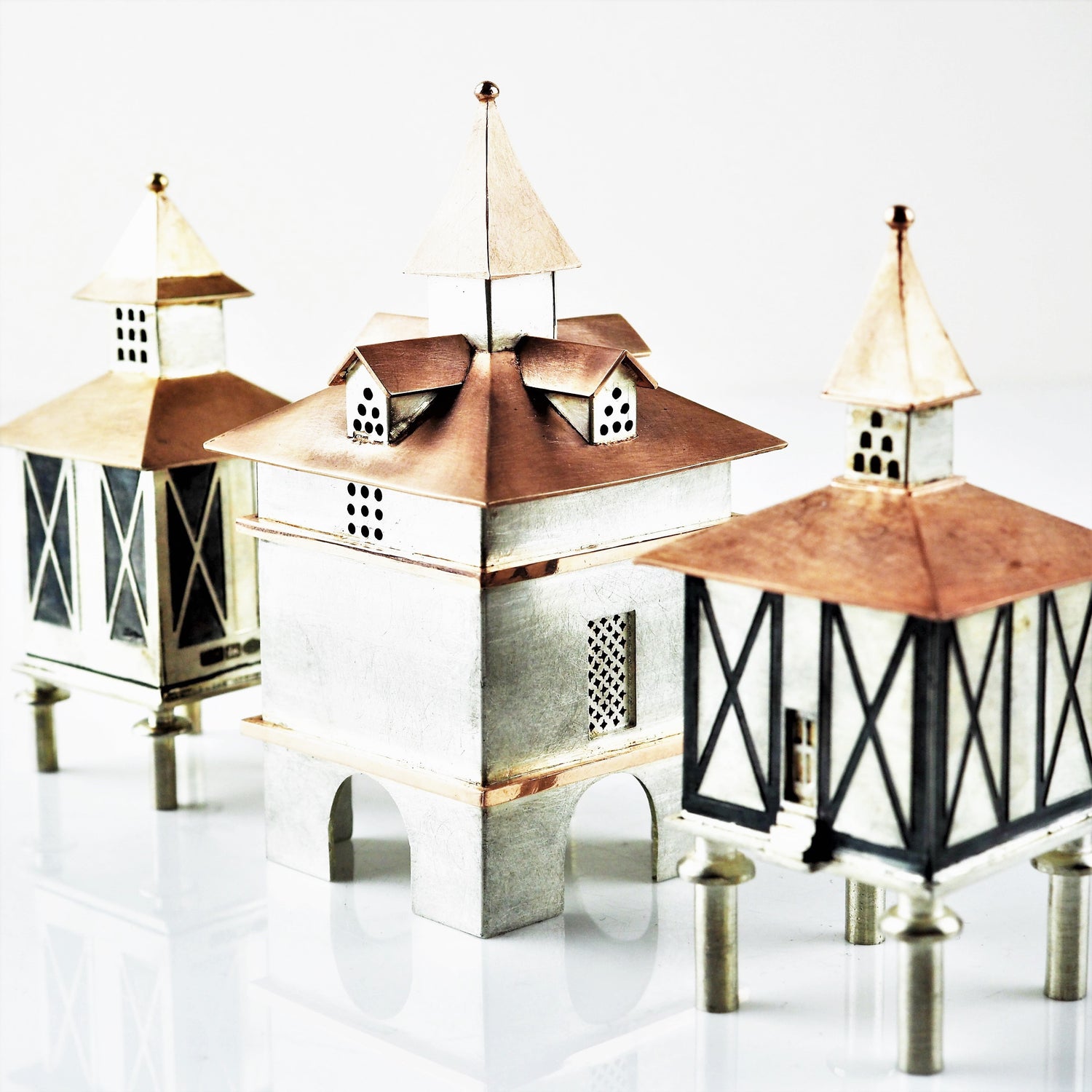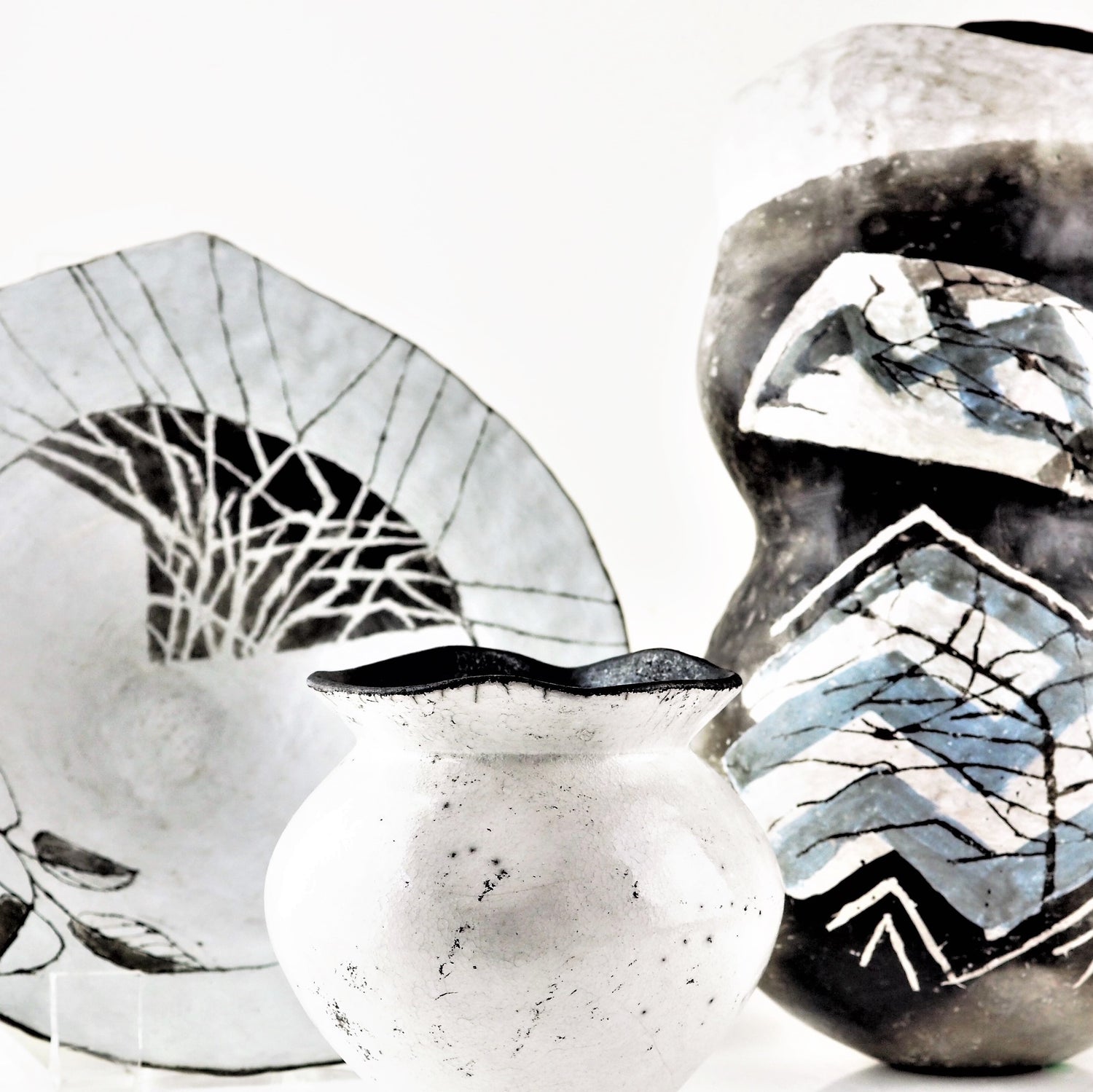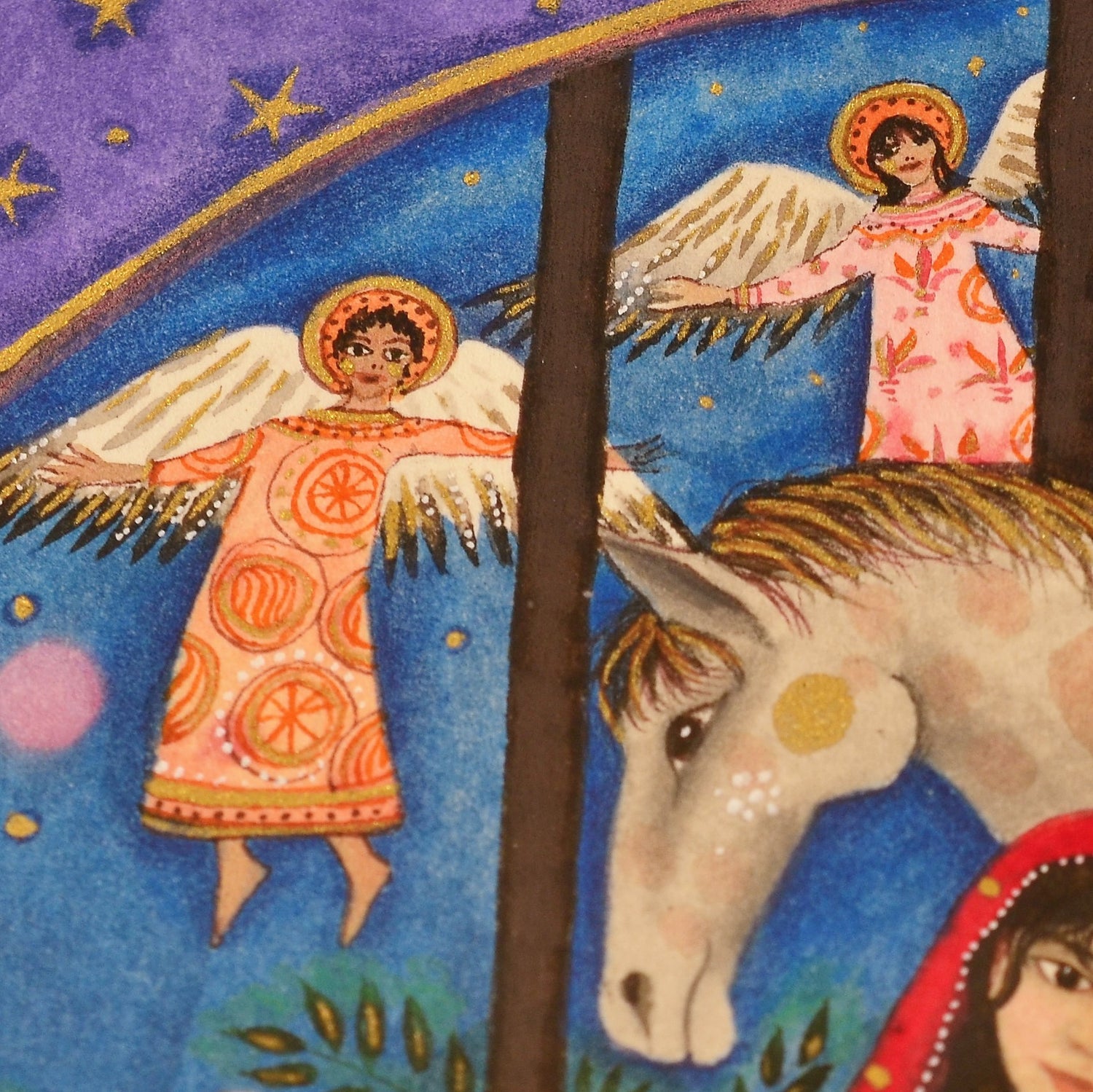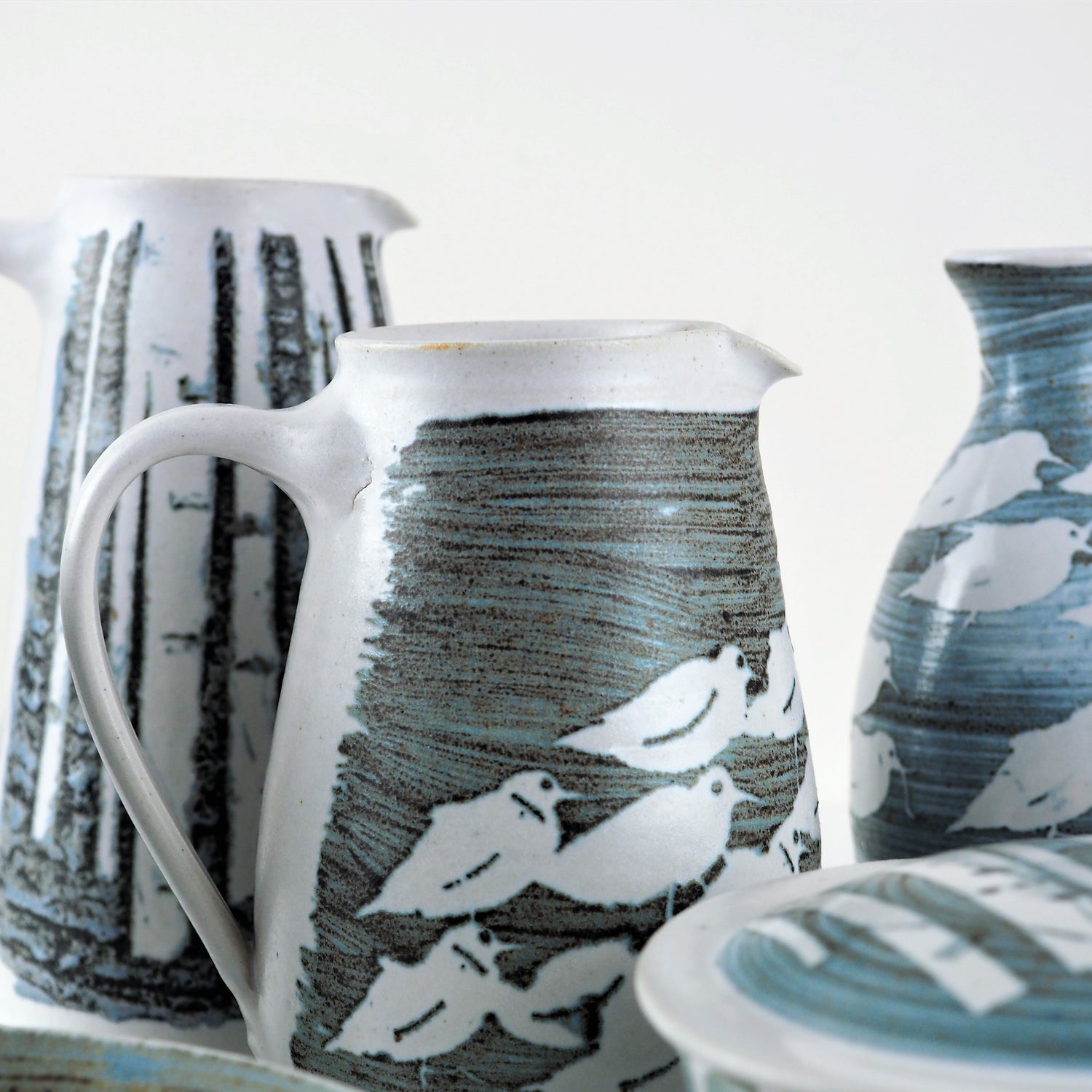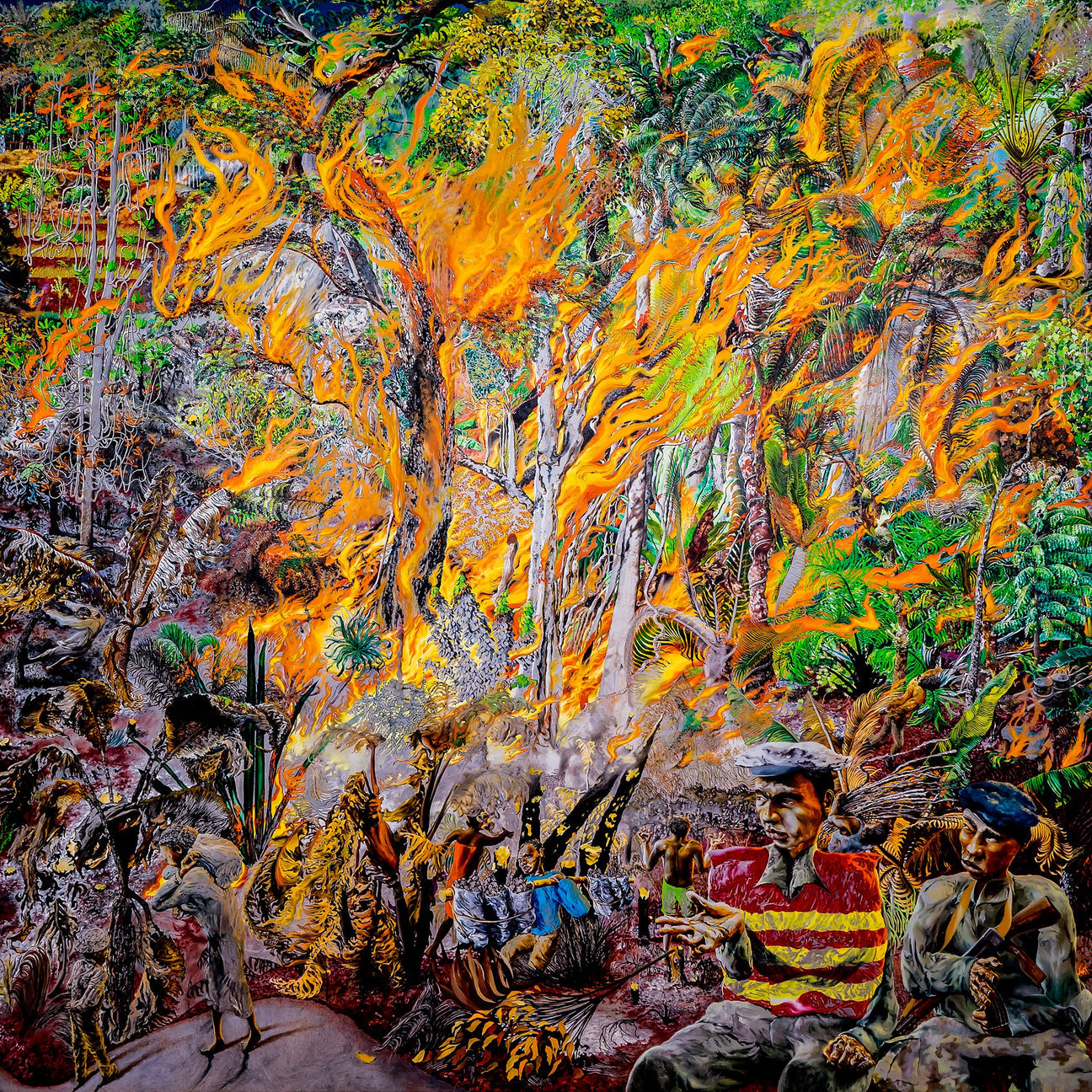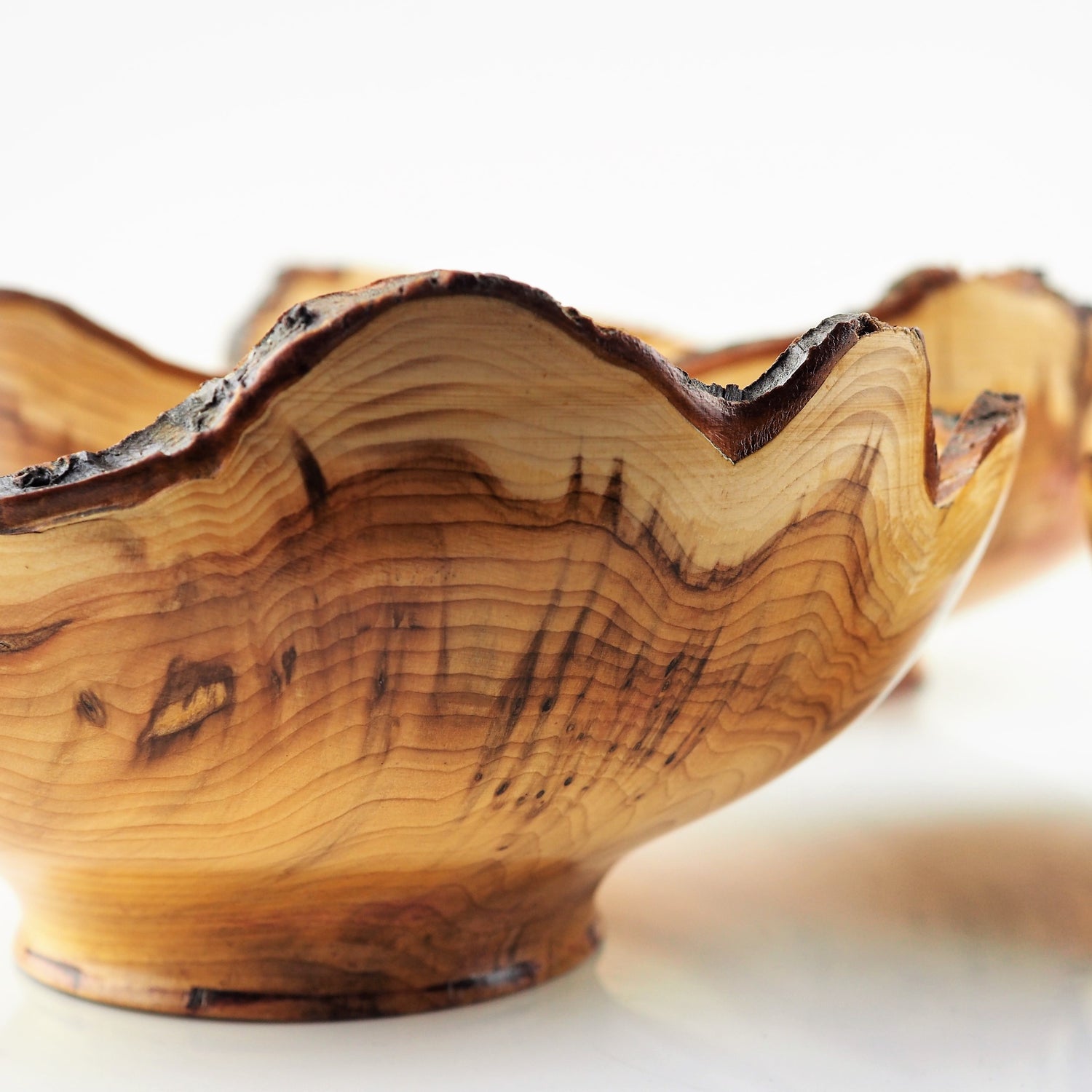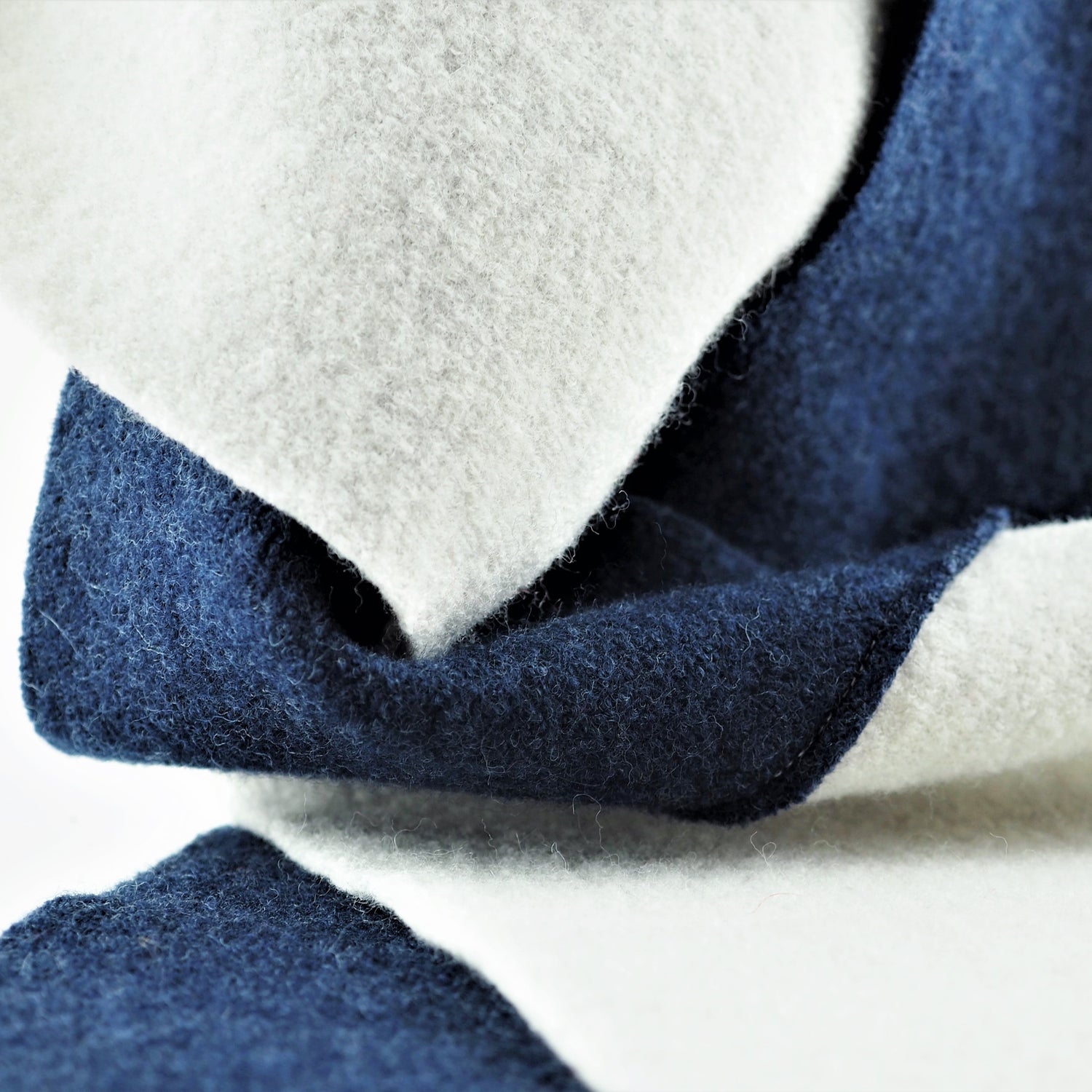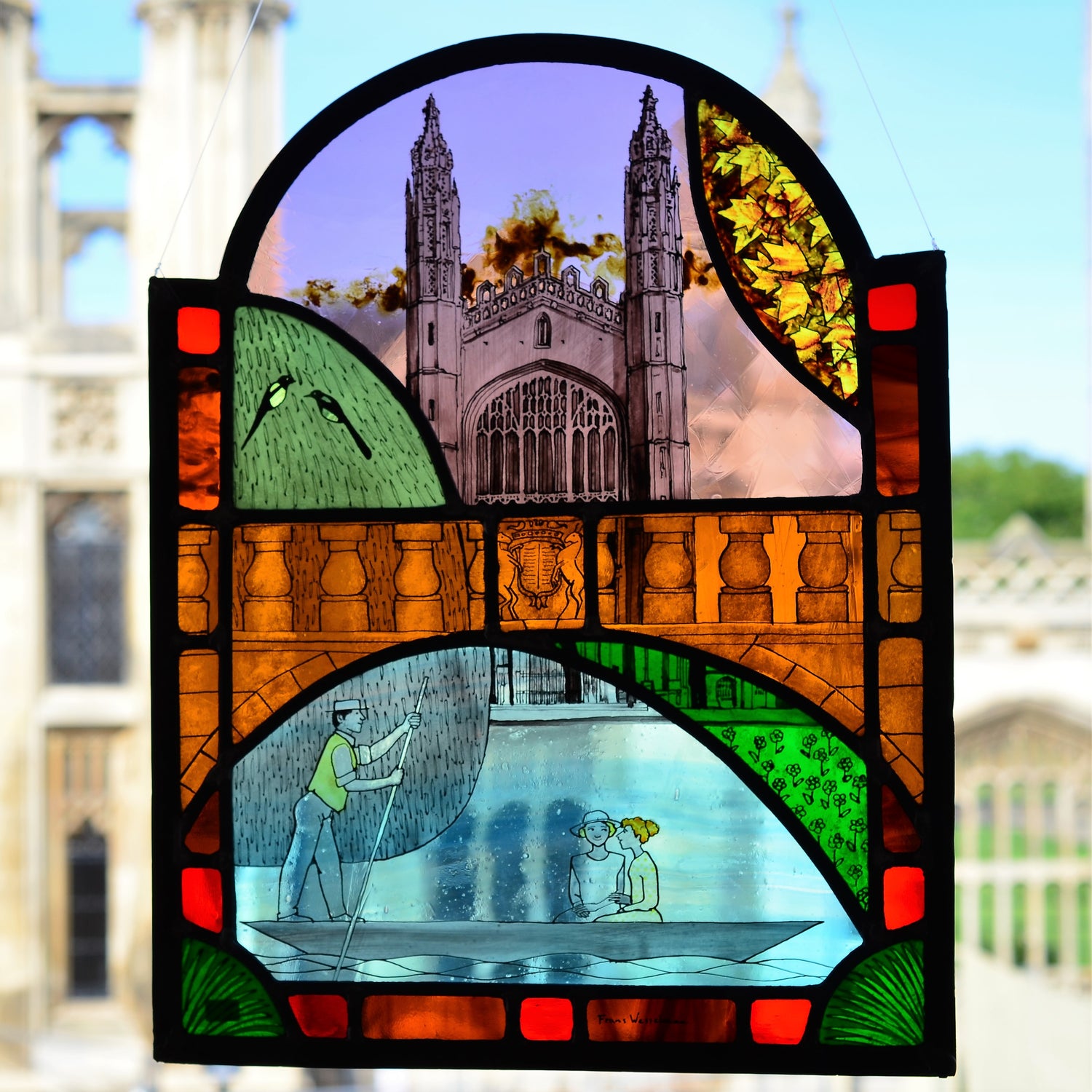Henry Fuseli
Henry Fuseli was born in Zurich, Switzerland in 1741 and died in London, England age 84 in 1825. Although his father was a painter, Fuseli was expected to spend his life with the church. After taking orders in 1761, Fuseli was forced to leave the country as a result of having helped to expose an unjust magistrate, whose powerful family sought revenge.
In 1765, he found himself in England working as a writer, this is where he met Sir Joshua Reynolds, who convinced Fuseli to spend the rest of his life as an artist after seeing some of his drawings. In 1770 he made an art-pilgrimage to Italy, where he remained until 1778, changing his name from Füssli to the more Italian-sounding Fuseli.
As a painter, Fuseli favoured the supernatural. He pitched everything on an ideal scale, believing a certain amount of exaggeration necessary in the higher branches of historical painting. Describing his style, the 1911 edition of the Encyclopædia Britannica said that, "Though the lofty and terrible was his proper sphere, Fuseli had a fine perception of the ludicrous."
Though not noted as a colourist, Fuseli was described as a master of light and shadow. Rather than setting out his palette methodically in the manner of most painters, he merely distributed the colours across it randomly. He often used his pigments in the form of a dry powder, which he hastily combined on the end of his brush with oil, or turpentine, or gold-size, regardless of the quantity, and depending on accident for the general effect. This recklessness may perhaps be explained by the fact that he did not paint in oil until the age of 25.
His pupils included John Constable, Benjamin Haydon, William Etty, and Edwin Landseer. William Blake, who was 16 years his junior, recognized a debt to him, and for a time many English artists copied his mannerisms. Following the success on his journey, in 1788 Fuseli married and soon after became an associate of the Royal Academy. He died a professor and the Keeper of the Royal Academy.

